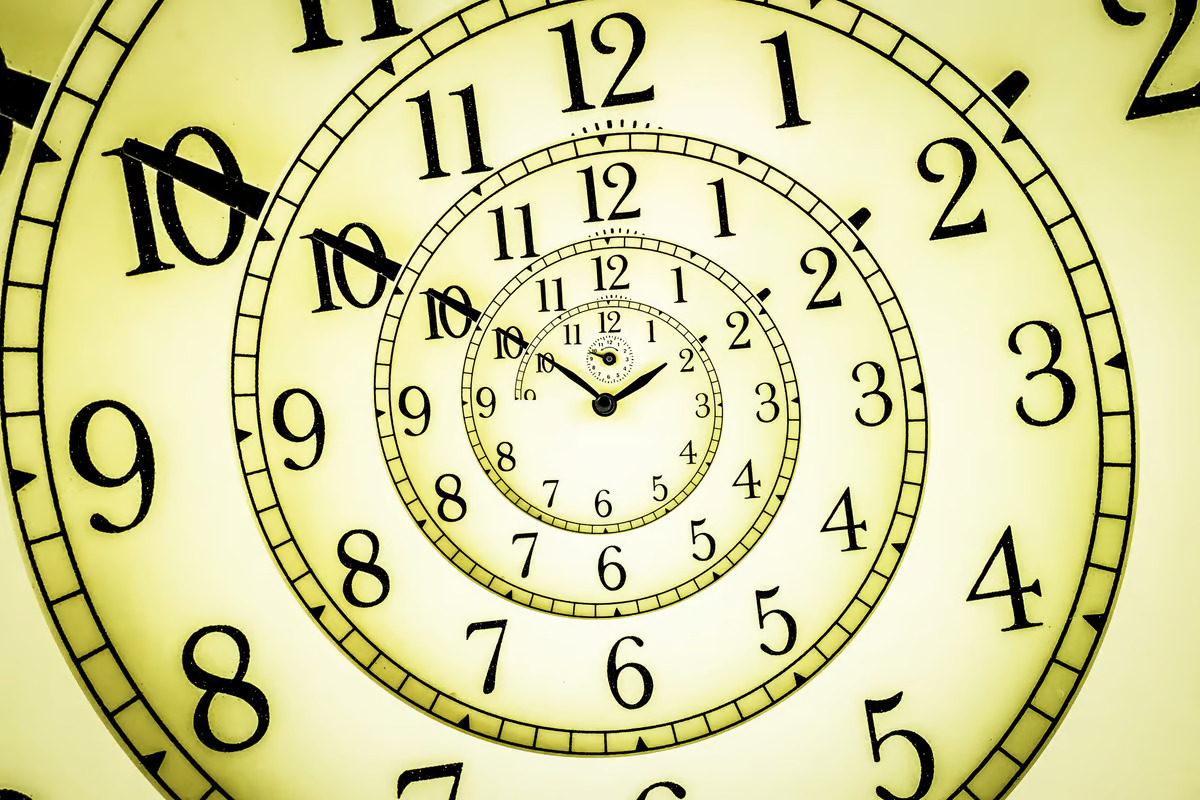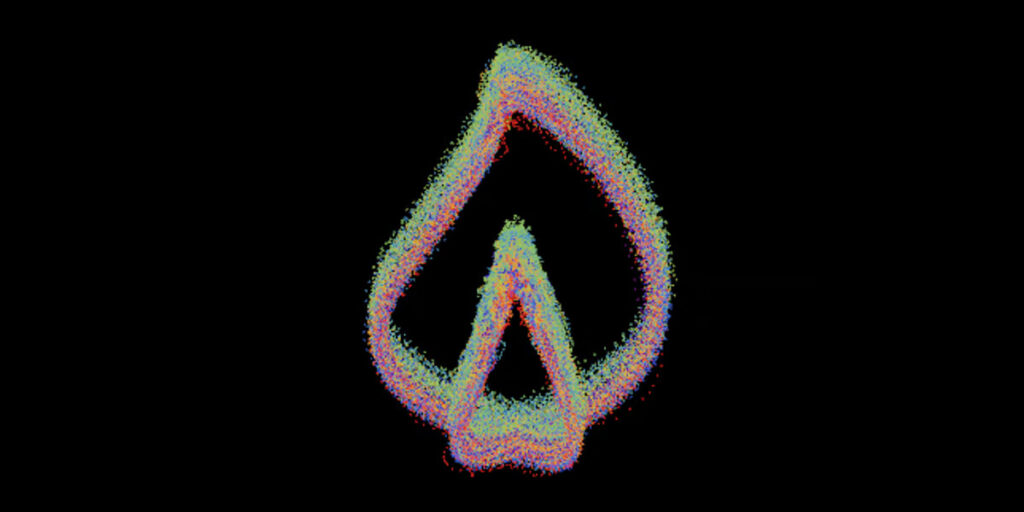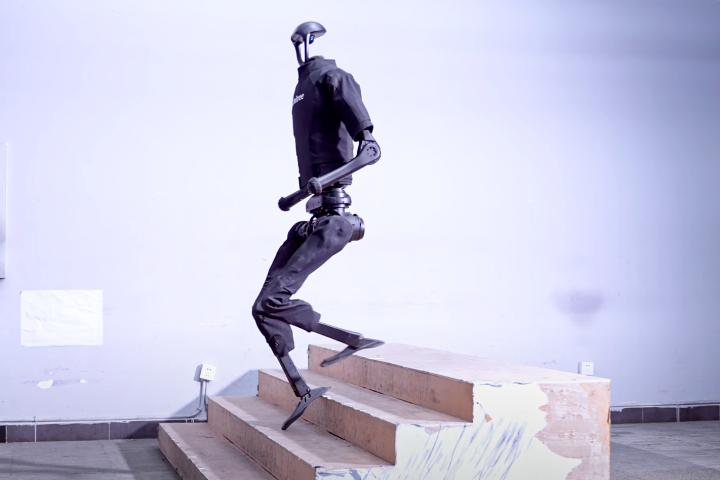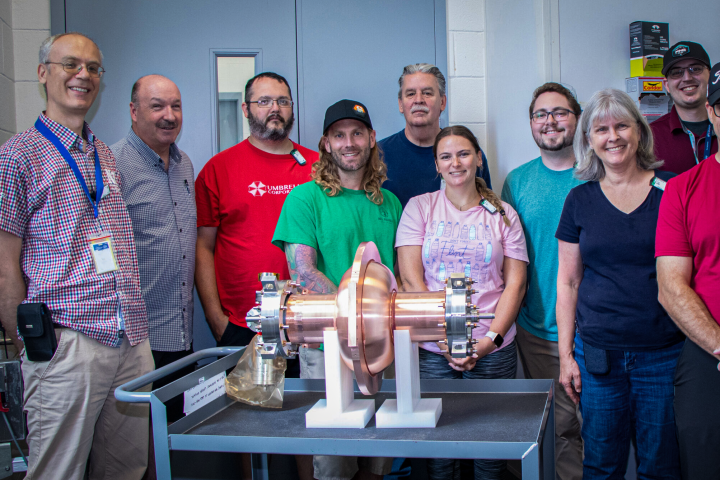 Scientists have created time crystals that last millions of times longer than previous versions. Depositphotos –
Scientists have created time crystals that last millions of times longer than previous versions. Depositphotos –
If we wanted to make an everyday object sound sci-fi, it could be said that what we commonly call crystals are actually “space crystals.” Those things in your jewelry or just your salt shaker get their shape thanks to their atoms arranging themselves in a pattern that repeats across space.
But since space and time are often treated as two components of the same “fabric,” does that mean there are also crystals with patterns that repeat in time? That was the hypothesis put forward by Frank Wilczek, a Nobel Prize laureate and physicist at MIT, in 2012.
It’s hard to understand how that would work, but a common analogy is to picture a bowl of Jell-O, and imagine how it would react to being tapped with a spoon. Usually you’d expect it to jiggle for a few seconds, then stop. But if this Jell-O was a time crystal, it might jiggle after a delay, stop, jiggle again, stop again, and repeat the process more or less indefinitely, even without any further input from another tap.
It might sound uncomfortably close to a perpetual motion machine, but time crystals don’t actually break any laws of thermodynamics, and the amount of entropy in the system remains constant. For a few years scientists argued about whether or not their existence was possible, until in 2017 a team finally managed to create time crystals in the lab. Later studies found them in children’s crystal-growing kits and quantum computer processors, and even observed them interacting with each other.
But these examples didn’t capture the true essence of a time crystal, only some of the out-of-sync behavior. They were, to continue the earlier analogy, tapping the Jell-O once per second and watching it jiggle only every two seconds. A true time crystal would start jiggling by itself, and then jiggle on a periodic pattern indefinitely. This kind of time crystal was only demonstrated for the first time in 2022, but it only lasted a few milliseconds.

Now, scientists at Dortmund University in Germany have created one that lasts 10 million times longer. It’s made of indium gallium arsenide, which is then continuously lit up until the crystal’s nuclear spin becomes polarized. After a while, the team says, the nucleus spontaneously begins to oscillate in a predictable pattern, in a process equivalent to a time crystal. In their experiments, the researchers recorded this lasting for 40 minutes, but say it could potentially keep going for much longer.
The team says the time frame of the crystal’s cycle can be changed by tweaking the experimental conditions. It can also be made to “melt,” which in this case means losing its pattern and beginning to manifest some chaotic behavior. This could open a new realm of study.
The research was published in the journal Nature Physics. Source: Dortmund University
–























